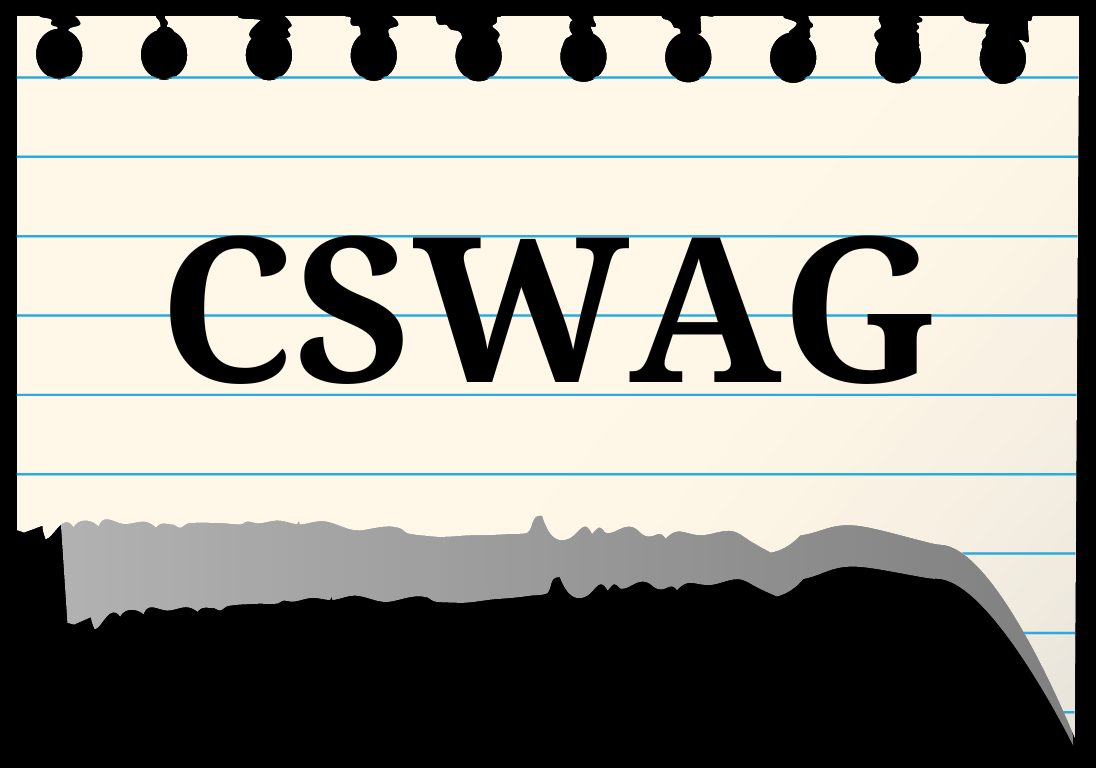The recent death of Mahsa Amini has brought worldwide attention to the oppressive traditions enforced on women in Iran as a result of the imposition of Sharia law in 1979. While the official report exonerates the state, many believe that Amini was killed after having been arrested and beaten for violating the mandatory dress code for all women, specifically the compulsory wearing of a hijab in public. As a result, women from all classes of society are rising up against the regime in the face of life-or-death circumstances to end the regime’s gender apartheid that has been prevalent for too long. This is the face of Iranian feminism today, otherwise known as the Iranian Women’s Rights Movement.
The Iranian Women’s Rights Movement began after the Iranian Constitutional Revolution in 1910, when the first women’s journal was published. Crackdowns by Reza Shah Pahlavi’s government caused the organization to disband in 1933 — however, feminism endures, even through the toughest of times. The Shah’s son instituted reforms influenced by the women’s rights movement: these gave women the right to vote (1963), to run for public office, and to have enhanced divorce and custody rights (1975). This all came crashing down with the Islamic Revolution in 1979. Under Ayatollah Khomeini, Iran became an Islamic republic functioning under Islamic fundamentalist law, with Khomeini holding immense political power and hegemonic influence over all others as the Supreme Leader. After the revolution, the Iranian government curtailed basic human rights for women, including the implementation of public dress codes for women, which involves mandatory veiling.
Today, the advent of social media and the information superhighway has brought international attention to what was once an oft-neglected issue affecting women’s rights around the world. The death of Mahsa Amini has brought global support for the women being actively oppressed in Iran. No longer is it just the Iranian population pushing for change, but the entire world is supporting this movement of equality; it is this power and push for change that will bring about a people’s revolution in Iran.
The movement’s slogan today is “زن زندگی آزادی”, which translates to “Life, Women, Freedom.” At the core of it, Iranian feminism is not localized to Iran; it’s about striving for equality, freedom, and the right to safety and security for all women, everywhere. We stand by the people of Iran as they fight for a better life for all.
By: Anita Asheghan and Joshua Cheng
